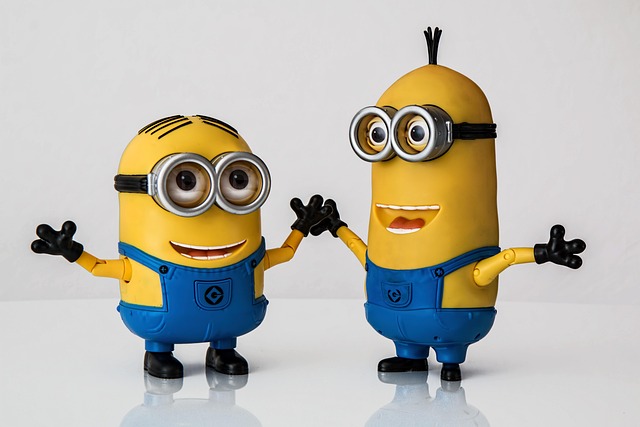
“The Impact of Animation Technology on Hardware Innovation”
The Impact of Animation Technology on Hardware Innovation
In the world of animation, creativity knows no bounds. From the earliest hand-drawn frames to today’s stunningly lifelike digital characters, animation continually pushes the limits of what’s possible—not just artistically but technologically. This relentless pursuit of realism and fluidity has had a profound impact on hardware innovation, driving advancements that ripple far beyond the screen.
Animation’s Demand for Processing Power
The magic of animation lies in bringing static images to life, and achieving this often requires rendering complex scenes in real-time. As animations become more detailed and effects grow more sophisticated, hardware must evolve to keep up. Graphic processing units (GPUs), central processing units (CPUs), and memory architectures have all undergone significant improvements in response to these demands.
Take, for example, the rise of 3D animation and virtual reality experiences. These technologies depend on high-performance hardware capable of managing vast amounts of data and performing intricate calculations. The animation industry’s needs have pushed manufacturers to develop faster processors, dedicated graphics cards, and innovative cooling solutions that not only enhance performance but also improve energy efficiency.
Driving Innovation in Visual Fidelity
Animation technology fuels hardware innovation through its quest for enhanced visual fidelity. Frame rates, resolution, texture quality, and lighting effects all demand advanced hardware solutions. This has resulted in evolutions such as ray tracing technology, which simulates real-world light behavior and shadows with astonishing accuracy. Hardware capable of supporting ray tracing brings animation to life in ways that were once the realm of dreams.
Beyond GPUs, animation software leverages specialized hardware like Tensor Processing Units (TPUs) and AI accelerators to expedite tasks such as motion capture processing, facial expression mapping, and procedural animation. These innovations help artists create more realistic and expressive characters, fundamentally transforming the way stories are told and experienced.
Collaboration Between Hardware and Animation Creators
The symbiotic relationship between animation artists and hardware developers is a testament to the power of collaboration. Developers listen to animators’ needs to fine-tune hardware capabilities, while animators explore new techniques made feasible by cutting-edge technology. This feedback loop accelerates innovation, ultimately benefiting multiple industries, including gaming, film, education, and even scientific visualization.
A Community Driven by Passion and Progress
At its core, both animation and hardware innovation embody passion and progress. Enthusiasts and professionals alike can relate to the thrill of witnessing technology evolve to meet artistic aspirations. The journey from sketching on paper to rendering photorealistic scenes in milliseconds is more than just a technical achievement—it’s a shared pursuit of imagination that hardware innovation helps make tangible.
As hardware continues to advance, it opens new doors for animators to explore uncharted creative territories. The future promises even more immersive experiences, powered by ever-more sophisticated hardware tailored to breathe life into the art of animation.



